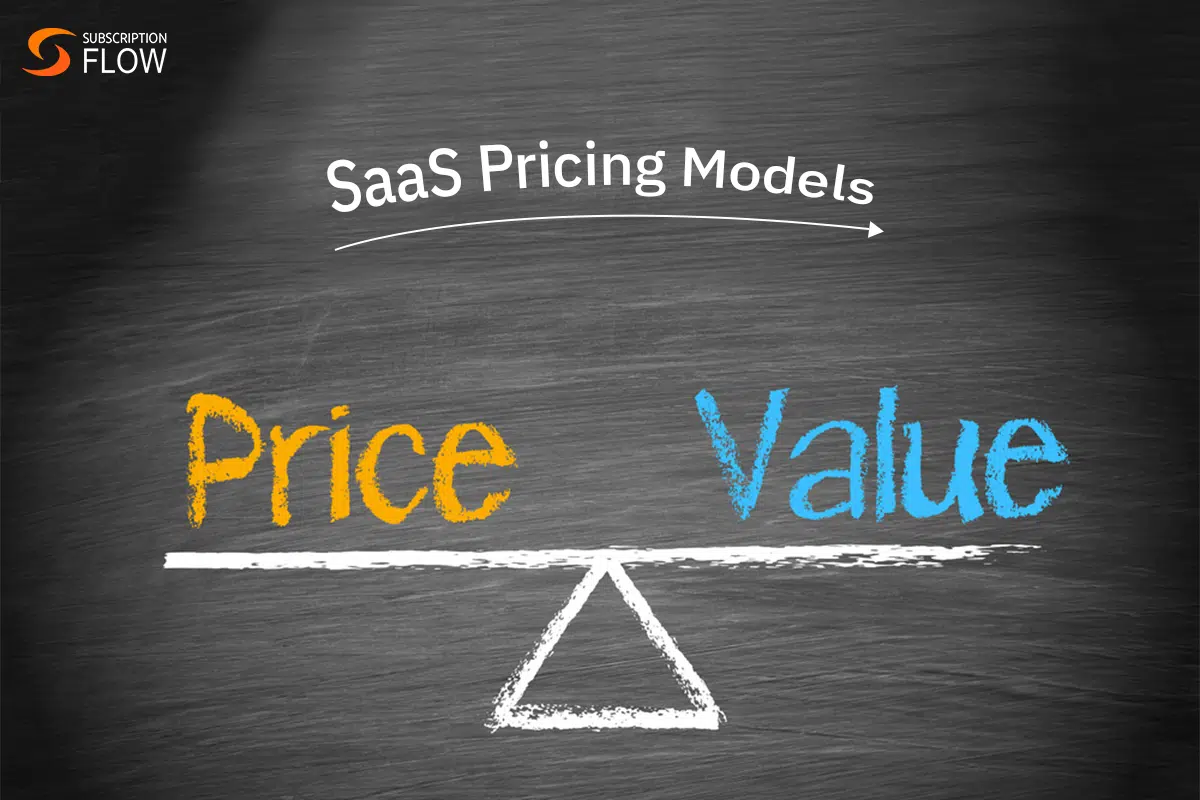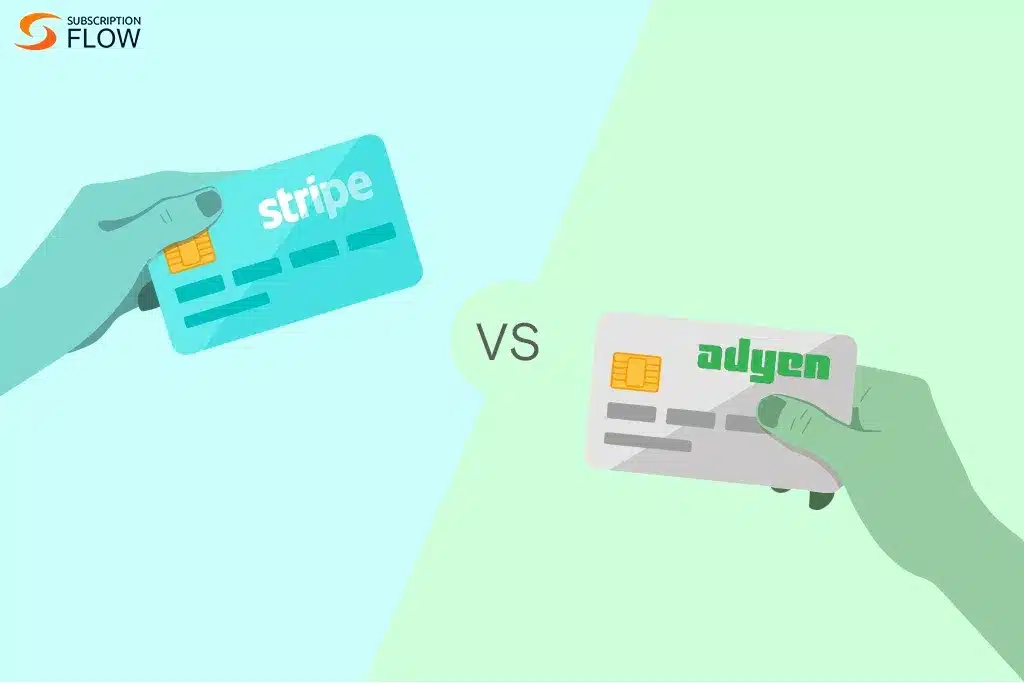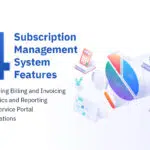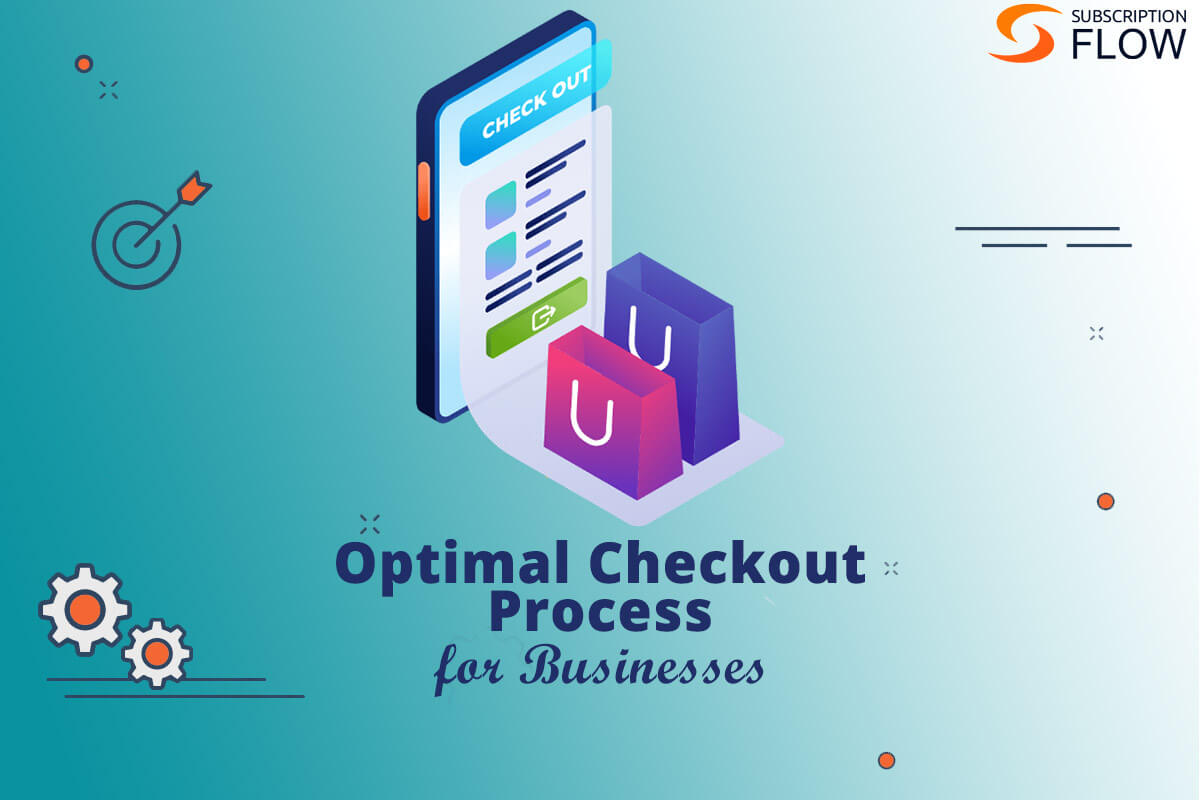
Choosing Subscription Pricing Models to Maximize Conversion and Boost Sales
Subscription businesses aren’t everyone’s cup of tea. Or at least, that’s the perception many people have when they begin to think of how they would charge their customers.
The nuances of figuring out a pricing model for your subscription based business can be complicated. Which is why most prefer to seek professional help in this regard.
The importance of coming up with the right subscription pricing strategy entails a considerable amount of research, planning and experimentation.
It’s extremely rare for a business to choose the best pricing strategy that works the first time around. But this is very hard to do without considerable room for experimentation.
That is to say, you can’t just go about changing your pricing models without affecting your customer base.
Needless to say, where there are chances of increasing conversions, there are risks of existing customers churning.
So, how should a business go about choosing the right subscription pricing model to maximize conversions and boost sales?
Deciding on a Value Metric
The value metric is defined as the measure of value that coincides with the cost and the profits businesses need.
If a business is selling trousers, then the value metric for that business is ‘per pair of trousers.’
Obviously, it’s much simpler for a retail business to figure out their value metrics than a subscription business.
Especially if you’re a SaaS business offering APIs and want to charge users based on the volume they consume.
This is where different billing models need to be considered by businesses to decide what to charge customers.
Of course, the resolution for the problem isn’t simple. You can’t rely on a single solution to be the best option for every company.
And thus, you need to experiment with different models in hopes of optimizing your pricing strategies. Let’s take a look at some of the common billing models you should look into:
SaaS Pricing Strategies to Choose From
Usage-Based Billing
Usage-based is Perhaps one of the most commonly used SaaS billing models that has garnered significant reputation over the years.
This is because the idea of usage-based billing is simple. Moreover, there is a wide range of distinct pricing strategies that come under the umbrella of usage-based.
Some of the common names include volume-based, overage, per-unit, per-user, etc.
Read More: 6 reasons why you need to invest in usage-based subscription plans
Volume Based Billing
Volume based billing entails charging your customers based on the volume that they’ve consumed. Obviously, what counts as volume is defined by the value metric of your business.
For example, cloud storage options charge customers based on the storage space they are using online.
A company can charge $10 for every 1GB of online space that you use. So, if you are going for 10GB of online space, you’re going to be charged $100.
Read More: What is Pay as You Go Billing Model for Businesses? An In-depth Look at Consumption Based Pricing
Overage Billing
Overage billing models are best understood as volume based pricing that comes with a set limit.
Once this limit has been crossed, customers can continue to use the product/service that you’re offering. However, they will incur extra charges for it.
For example, an electric supply company can offer users the first 20 units of electricity consumed for $10 per unit.
However, once that limit has been crossed, the units used after the first 20 will be charged for an increased rate of $15 per unit.
There can be multiple overage tiers that are specified by merchants for the services/products they provide.
Per-Unit Pricing
As the name shows, the per unit pricing is a simple usage-based billing model that entails charging customers for the number of units they consume.
Although it can be used in combination with overage and tiered billing models, per-unit pricing itself is simple.
You charge your customers based on the units they’ve consumed as defined by your value metric.
An example of this can be of using mobile data. You incur charges for every megabyte of mobile data that you use and continue to incur charges as you go.
Per-User Pricing
Businesses that can’t define a set limit for consumption of their APIs can set a limit for the number of users they allow.
This is a billing model best used by businesses that cater to companies and know several users are going to use their APIs.
A common example of this can be of CRM and CMS platforms that target organization members who want to collaborate in an environment.
You charge your clientele based on the number of users that are logging on your platform and using the service.
Read More: Subscription vs Pay-Per-Use—Which Revenue Model Would Work For Your Business?
There are several other aspects to usage-based billing and almost all these billing can be used with others. A combination of two or more billing models is known as Hybrid billing.
Flat Fee Billing
The flat fee billing model is a simple billing model that entails setting a fixed price for your service.
That is to say, regardless of the use or the number of users that are utilizing the service/product, the fee remains the same.
Compared with one-off payments, flat fee recurring billing models can be set to charge customers on a regular basis.
Common examples of recurring flat fee billing include streaming and gaming services. Though these offers may come with different tiers or per-user policies, the billing model entails a recurring flat-fee.
Read More: One Time vs Recurring Payments: What Works Best for Business?
Tiered Billing
Tiered billing models are considered extensions to usage-based billing and entail pricing your service according to the features they come with.
Although there can be plans and packages that offer better features with increased costs, the cost doesn’t change once it’s been charged.
Tiered billing models are used by SaaS vendors and other subscription merchants to cater to vast audiences.
Of course, you’ll have to segment your audience according to their needs and their willingness to pay.
An example of this can be of a SaaS vendor offering their API with set features to:
- Solopreneurs
- SMBs
- Enterprises
Obviously, the features that are offered in the first model are going to be limited as compared with the other two.
And the most expensive one will be the best one because all the best features in their maximum capacity will be offered.
Freemiums and Trials
Freemiums and trials are often used interchangeably but they entail different pricing strategies. Trials are simple to understand.
A business offering a trial will allow customers to use all the features of an API or a service for a limited time for no cost.
This strategy is best used to convert customers by offering them a chance to try out the service.
Freemiums, on the other hand, entail offering a limited set of features of a service at no cost indefinitely.
However, the limitations are not going to fulfill all the needs of the users which will entice them into buying a premium version of the service.
Examples of freemiums can be of APIs that offer users to search for potential leads on their platform. In a freemium model, the API will limit the daily search volume per user/IP to 10-20.
And if you want more leads, you’ll need to go for a premium version that will, of course, entail a cost.
Read More: How to Plan the Best Freemium Model to Make More Users Upgrade to Premium
Which Pricing Strategy Suits You Best?
Once you have your value metric, you can price your service/product as per your cost and expected profit.
Obviously, any pricing strategy that you quote to your customers will inevitably be accepted by your customers.
However, the range of customers that convert will vary as per their convenience and preferences.
Which is why you need to make sure that you’re not closing your business off to audiences that can’t afford a hefty price tag.
Alternatively, if you price your service for a lower-than-average cost, you will be risking losing trust in your brand.
If you’re a business that’s still trying to figure out how to price your product/service, contact us.
Our experts at SubscriptionFlow have sufficient experience and expertise to help figure out the best pricing strategy for your business.
Moreover, we’ll also help you automate the payment process by designing a custom CRM for you to streamline recurring billing.










